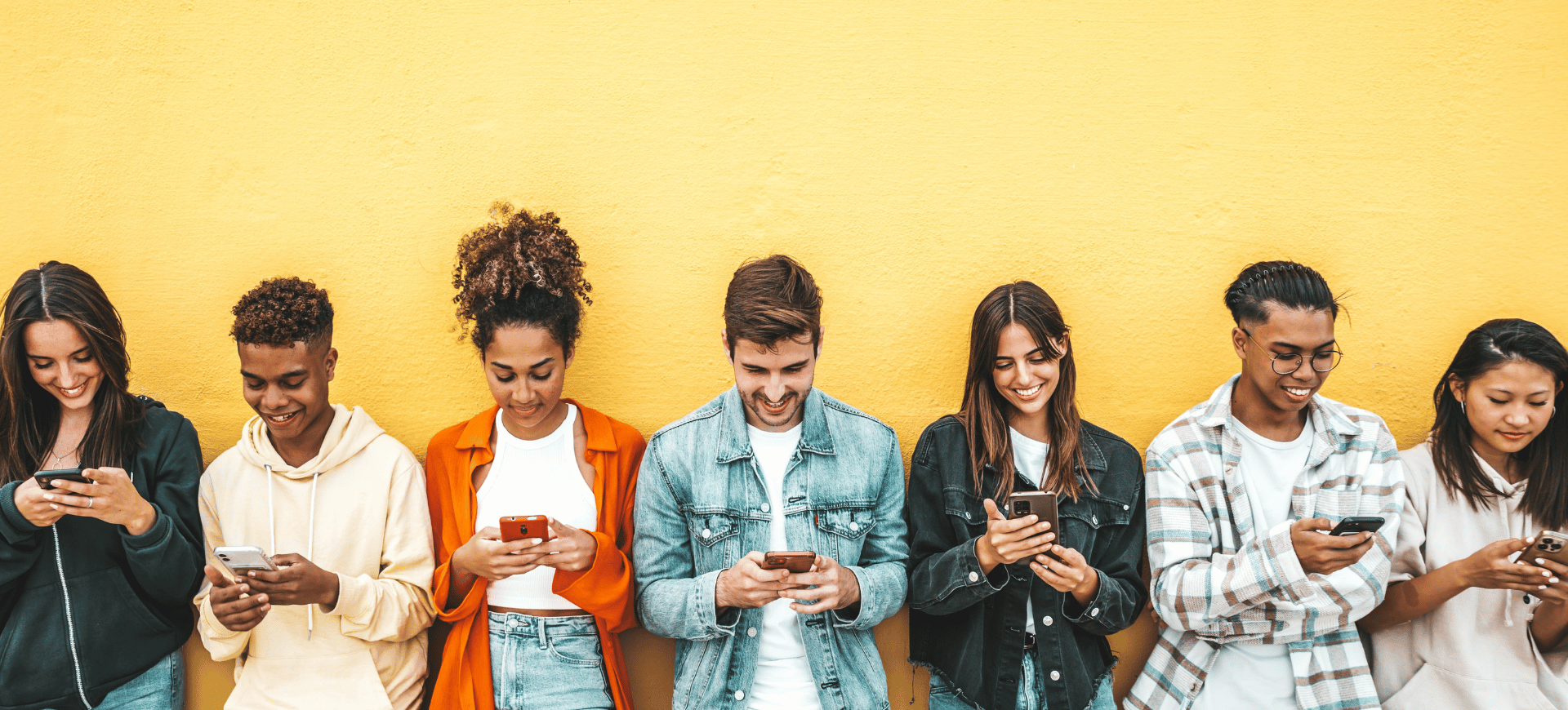Putting young people at the centre of digital health strategies
Young people are already digitally literate and open to using technologies for a range of health habits and concerns. So let’s put their knowledge to good use and add them into the conversation
With the rapid digital revolution and the rise of artificial intelligence, young people are bound to leverage digital health benefits while mitigating the potential threats, ensuring that digital advances contribute positively to their physical and mental well-being as well as the health and the resilience of their communities.
When you are born into this world of screens and smartphones, it becomes natural that the first language you will master is the digital language. As such, the life you will live will likely not look anything like your parents’ – and neither will your health choices.
As digital natives, young people navigate a world that is being reshaped by digital health technologies. They use smartwatches, smartphones and well-being apps daily to adopt healthy habits and lifestyles ranging from good nutrition to physical activity to staying hydrated, which aim at preventing a future decline in health status and promoting healthy ageing communities.
Other digital platforms allow young people to open up about sensitive topics such as mental health and sexual and reproductive health, share their experiences, and seek support discreetly or even anonymously. They can benefit from personalised health support that preserves users’ privacy via feedback chatbots, peer support, calls with healthcare professionals and health resources’ gamification. These platforms proved to be helpful to young people during the Covid-19 pandemic and continue to be widely utilised.
Hey AI – can I trust you?
Because digital health tools are not considered medical devices, they do not have to comply with international regulations that ensure the evidence-based nature of the information and recommendations shared with users. Misinformation and false sources can thus easily spread among young people.
Misleading messages included in digital health platforms may also pose a serious threat. For instance, young people can be victims of tobacco industries that convince them that e-cigarettes are less harmful than traditional cigarettes and can therefore be safely consumed.
According to the World Economic Forum’s Global Risks Report, misinformation and disinformation are the most serious threats that the world will face in the coming two years. Therefore, equipping young people with the skills required to distinguish fake from credible information is critical for unlocking the full potential of digital health solutions. One effective way to achieve this is to introduce digital literacy courses in schools worldwide.
Some health data governance frameworks allow the collection of personal data as a way of tailoring health recommendations that could put users’ privacy and safety at risk, as these technologies are often not regulated by a health authority. Fitness and wellness apps may share sensitive data with third parties without the user’s permission or knowledge.
Despite the benefits of innovative technologies for youth health, that tech remains a double-edge sword. Robust data protection policies must be implemented, and best practices should be shared between countries to improve the overall management of AI tools and leave no one behind.
Hey AI – as you help me, I can help you too
Despite the digital divide, existing inequalities and challenges in access to the internet in low- and middle-income countries, young people have proven to be more comfortable in adopting digital health tools than older generations regardless of where they live. They demonstrate awareness not only of their responsibility in maintaining their own well-being but also in leveraging technology to address pressing public health issues through digital health promotion. In light of this growing interest, numerous international initiatives led by United Nations agencies and civil society organisations have focused on bringing young people into the discussion about digital health solutions to accelerate progress towards achieving the Sustainable Development Goals – one example is the World Health Organization’s 2020 Youth-Centred Digital Health Interventions, which is aimed at supporting and guiding the development and implementation of digital health solutions for young people worldwide. Youth networks across the globe, such as Young Experts Tech for Health and the Lancet Youth Network, are also leading meaningful youth engagement in digital health design, capacity building in digital skills, and wider access to health education and services. At the International Pharmaceuticals Students’ Federation, many member organisations organise annual initiatives such as ‘digital week’ to promote the use of AI and health technology in their local communities and improve digital health literacy among older generations. The collective voices of these members have also helped shape the IPSF Global Policy Declaration on Digital Health adopted by 113 countries in August 2024 to represent the stances of over half a million young pharmacists and pharmacy students across the globe.
As digital technologies continue to bring tremendous progress in health promotion and disease management, a bottom-up approach that places healthy individuals at the centre and empowers youth to contribute to increasing digital health literacy and creating innovative digital tools is vital.
Trust is a two-way street and young people are key to achieving a healthy future. Let us develop and implement policies that keep youth at the heart of digital health, ensure digital safety, build trust and create more resilient health systems.












